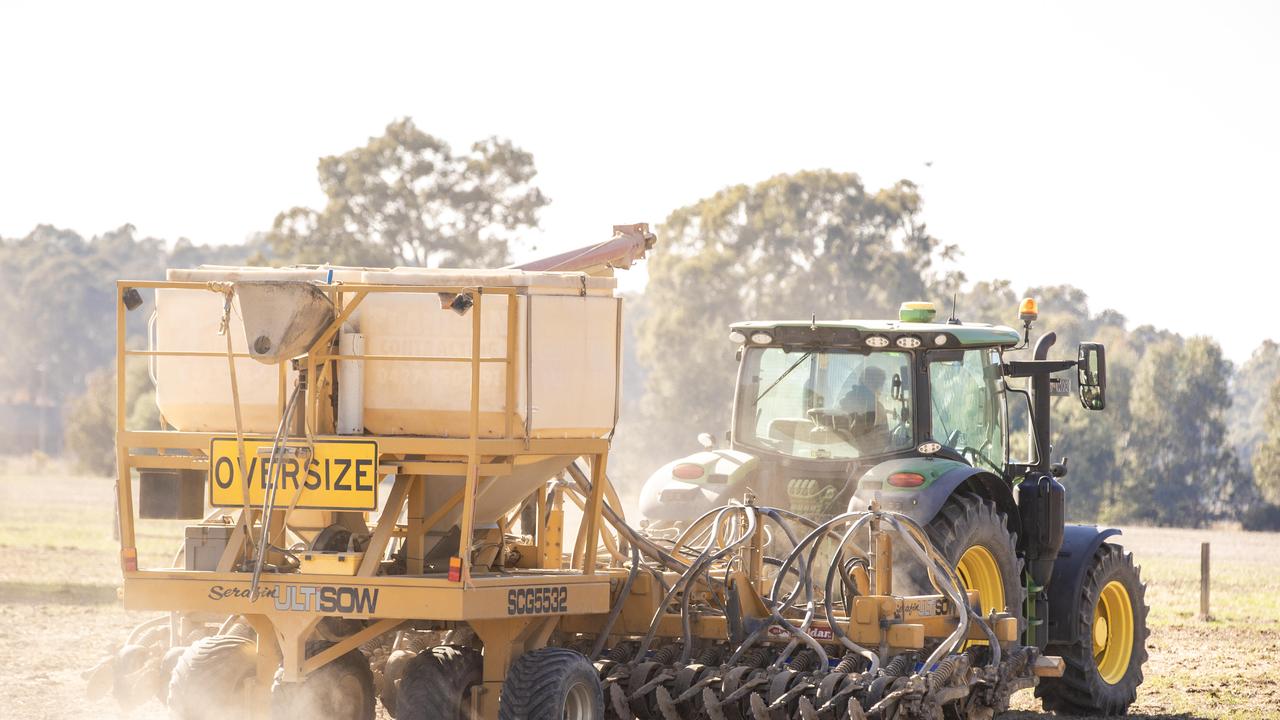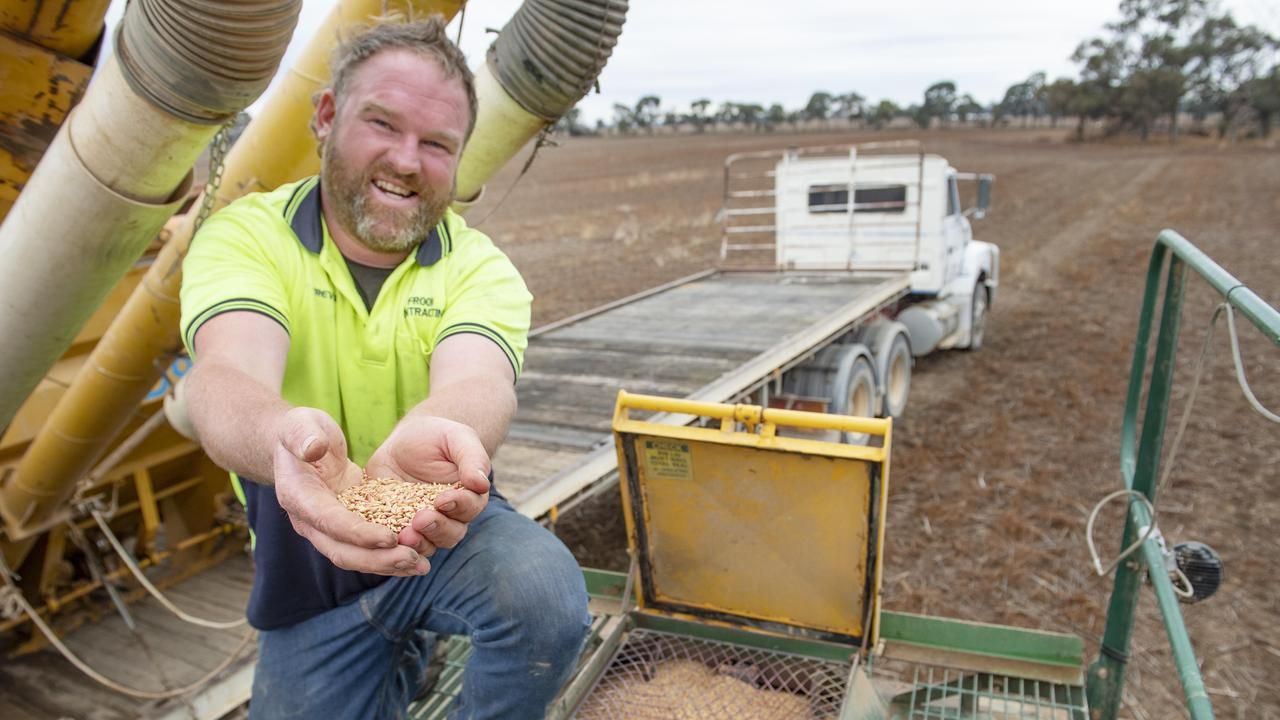Gippsland cattle producer turns to maize silage as drought buffer
Faced with dry conditions and rising fodder costs, Luke Stuckey says a maize pit is paying off for his cattle farming enterprise.
Gippsland beef cattle farmer Luke Stuckey from Flynn has found growing maize and storing it as silage to be an effective way to manage feed during dry conditions.
Luke said he had resisted initial encouragement from his agronomist to grow maize for silage but said this year it was proving to be an excellent drought strategy.
The Leawood Angus principal runs a total of 650 breeding females that calve in both spring and autumn.
“It’s green here, but we are by no means out of the woods,” he said.

A useful 5mm had fallen on Sunday evening, but Luke said the ability to supplementary feed was necessary.
Without the maize pit he said it may have been necessary to destock or even purchase more fodder.
In addition to the maize, he was also feeding out cereal straw that had been baled and purchased from a neighbouring property.
Seasonally, he was grateful that the area was not suffering from the dry times like other regions of Victoria but said feed was important in winter.
“Growing the maize has created a buffer,” he said.
“We are still learning, and we are hoping that it will become a longer-term option for us.”
Luke said the pastures were holding on and looking OK, but he had made the decision to put cattle in containment areas to look after the pastures and maintain growth.
The Gippsland Bureau of Meteorology weather station at East Sale shows rainfall of 64mm in the past three months, and 7.4mm for June.
According to prices in the Australian Fodder Industry Association’s latest Hay report all fodder commodities in Gippsland have increased in the past week to 10 days. Cereal hay had gained $40 a tonne to make $390 to $580 a tonne, and lucerne hay was up $30 a tonne to range from $510 to $640 a tonne and straw increased $20 a tonne to sell from $210 to $340 a tonne.




